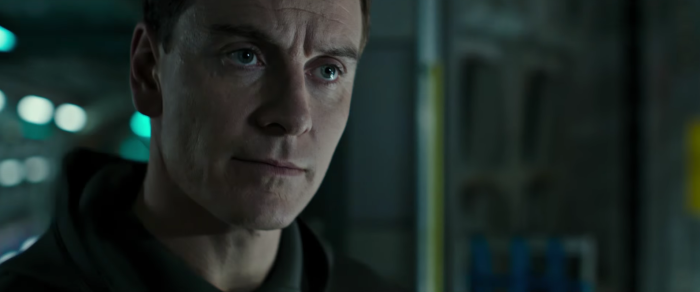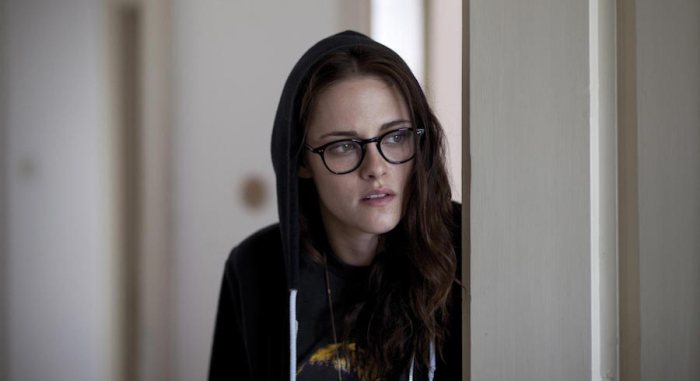It’s easy to put Brian De Palma in a corner. He rips off Hitchcock. He’s a misogynist in love with violence. His movies are all style, no substance. Even praising him can prove reductive. He’s an architect of beautifully crackerjack set pieces. He’s no Hitchcock rip-off artist but in fact the new Hitchcock. He made “Scarface,” that cultural defiler-turned-beloved cult object. RELATED: Howard Hawks’ “Only Angels Have Wings” gets the Criterion treatment But plowing through his CV, as you can do through June 23 at the Metrograph’s De Palma series, a more complex, shape-shifting artist comes to the fore, one who can be all these things and more. A man who posters for 1980’s “Dressed to Kill” described as “The Master of the Macabre” didn’t make his first thriller (1973’s “Sisters”) till seven films into his career. He’s been a populist hit-maker and, especially as his brand became retro, an acquired taste. He’s been a mere work-for-hire — as on the bravura if shallow “The Untouchables” — and a real artist, as in the deeply anguished and cryptically personal “Blow Out.” He’s survived, with 29 films in 45 years — some of them spotty, some of them masterpieces, all of them worthy of the kind of meticulous deconstruction with which he constructs his films. Metrograph’s series arrives soon before “De Palma,” a career-spanning doc by fanboys Noah Baumbach and Jake Paltrow, which grants near-equal real estate to each of his babies, even the ones he himself doesn’t like. There’s the obvious joy of seeing his undisputed — though often, more accurately, semi-disputed — classics on film prints. (Though there’s a couple DCPs, plus two, namely 1964’s “The Wedding Party” and his 1979 “Home Movies,” so rare they’re actually being projected off VHS.) But also worthy is digging into the dim back alleyways of his career. Most of these rarities and odd ducks come early on. Before he turned to thrills he cut his teeth on formally experimental, absurdist comedies. The best-known of these is the Young Robert De Niro-starring “Hi Mom!”, from 1970 — a semi-sequel to 1969’s “Greetings.” Both films split their time between episodic sketch comedy and dry run experiments with the camera and editing tomfoolery he’d perfect later. “Greetings” has more of the latter, and “Hi Mom!” more of the former, and frequently gut-busting. No De Palma supercut is complete without its scathing wealthy white guilt centerpiece “Be Black, Baby.” The powerfully hard-to-find “Get to Know Your Rabbit,” a Tom Smothers vehicle from 1972, may have deserved to bomb. It is, in short, a mess. But it’s a rich and strange mess. With its highly stylized reality and dark sense of humor, it’s a lot like other weirdo early 1970s Hollywood comedies, like Elaine May’s “A New Leaf” and Alan Arkin’s “Little Murders,” though rarely as assured or inspired. (Though none of those included as surreal a sight as one of the Smothers Brothers’ wang.) Surely one reason its star looks either stilted or disengaged is because his director was busy fiddling about with split-screen and overhead god’s eye crane shots — experimenting with techniques he’d perfect later on the studio’s dime. It honestly doesn’t get better than the surprise opening shot, but there are goodies buried throughout, including a rare keyed-up turn from Katharine Ross. RELATED: Interview: Ian McKellen on “The Dresser” and how acting isn’t that hard Comedy stuck with De Palma for his first few thrillers, as well as 1974’s “Phantom of the Paradise,” a musical mash-up whatzit so unique it doesn’t even deserve being dubbed the original (albeit better) “Rocky Horror Picture Show.” But the case could be made that all De Palmas are comedies. At his most rascally he liked to mess with the audience, and their expectations of what a Brian De Palma film is. “Raising Cain” delights in denying us certain pleasures (like, oh, you know, brutal murders), while cranking out the strangest elaborate long take in a career full of them. Maybe it’s best to treat “Mission to Mars,” his sci-fi boondoggle, like a pricey joke — an excuse to whip out three of his best-ever sequences amidst reams of very poor writing and at least one instant camp classic CGI alien. Other times, as in “Femme Fatale” and his most recent film, “Passion,” De Palma’s simply content to wade in his obsessions: cool shots, pretty women (sometimes making out), sharp objects cutting flesh, mindf—y plots that might make no sense. In these he’s just seducing you into going along with him. Those who follow might get burned, but it was always a helluva ride.
Metrograph’s Brian De Palma retro shows a shape-shifting artist

Universal Pictures/Photofest
Brian De Palma runs through June 23 at the Metrograph, 7 Ludlow St. Visit the site for full schedule and tickets
Follow Matt Prigge on Twitter @mattprigge


















